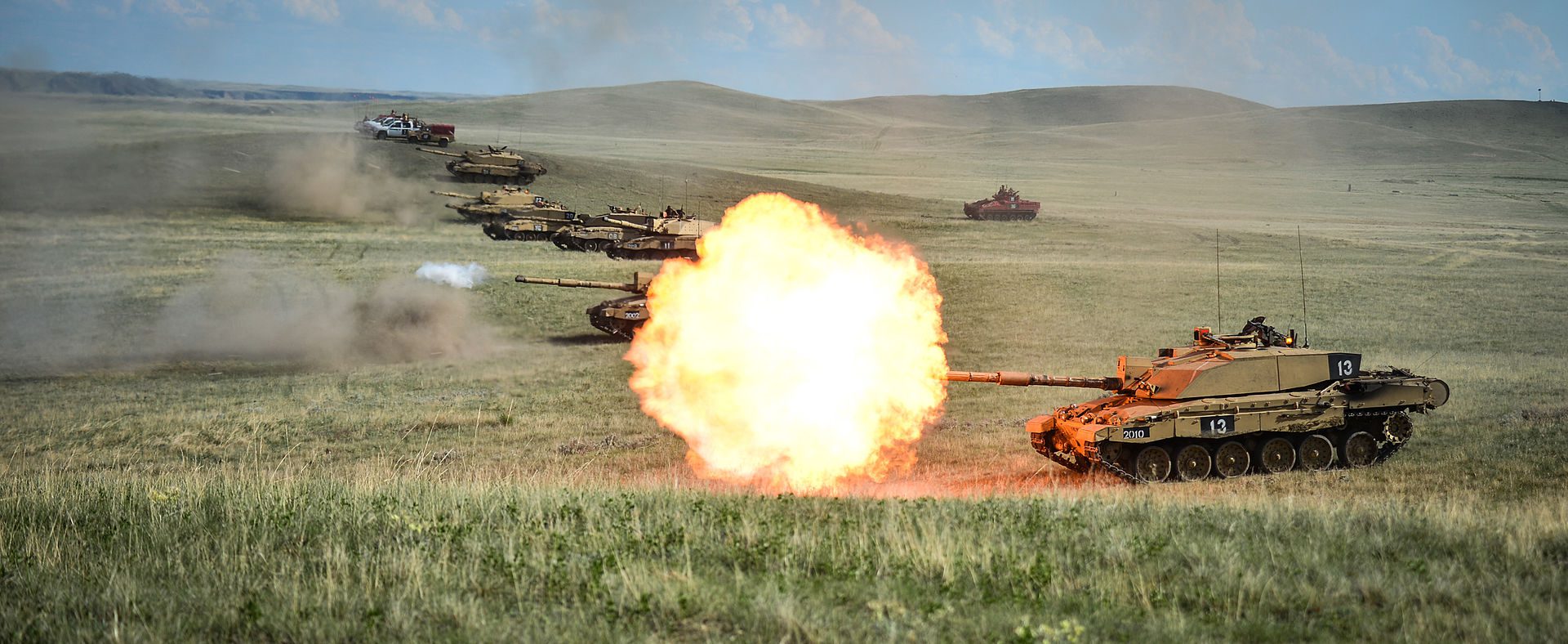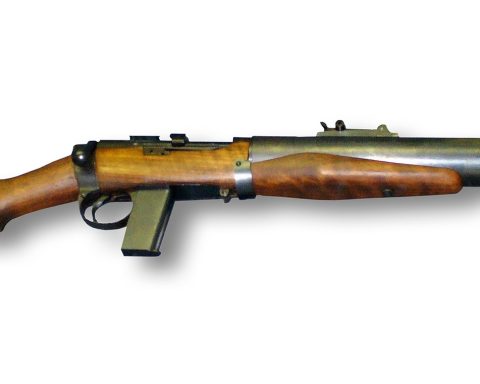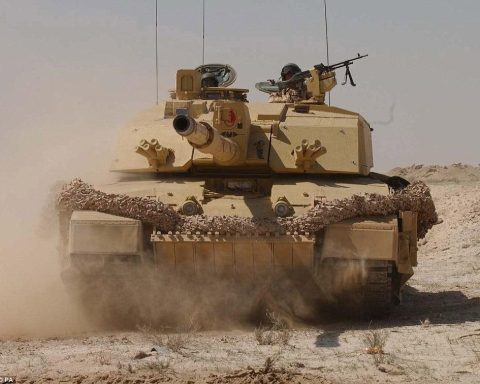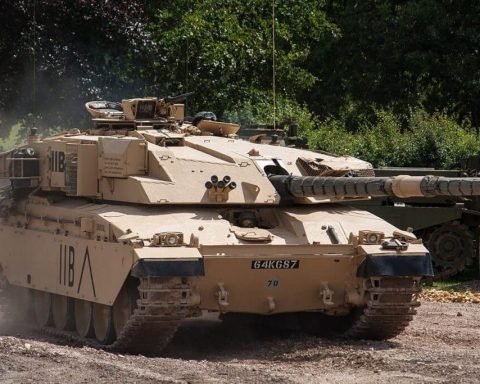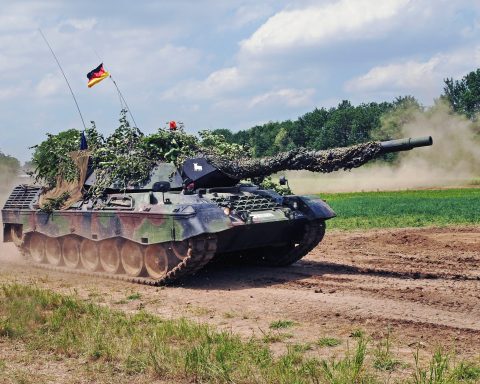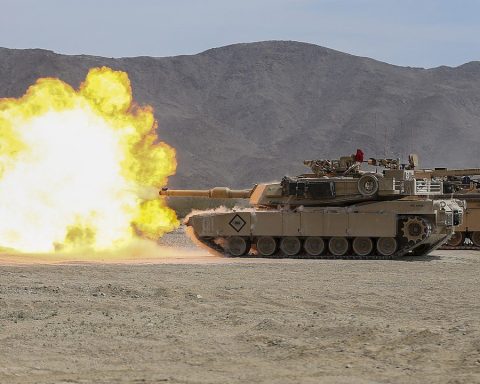Challenger 2 is a third-generation British main battle tank, and it is considered one of the toughest tanks in the world. It was never destroyed in combat, except incident “blue on blue” in Basra 2003, when another Challenger 2 tank destroyed another tank that had its hatch open at the time of the incident.
Key recognition features
- Front idlers project ahead of the nose, which slopes back under the hull front, with a well-sloped glacis plate with a driver’s hatch recessed in the slightly raised engine compartment at the rear. Hull rear slopes inwards at a sharp angle
- The turret has a well-sloped front angled to rear, turret sides and great vertical, gunner’s sight on right side of the turret roof, raised periscopic sight in front of commander’s cupola, 7.62 mm machine gun above loader’s position.
- Suspension on either side has six road wheels, idler front, drive sprocket rear, and four-track return rollers. Skirts cover the upper part of the suspension.
Development
The Challenger 2 was originally developed as a private venture by Vickers Defence Systems and was selected by the British Army in 1991 to meet its Main Battle Tank (MBT) requirement to replace the Chieftain MBT. The first production, Challenger 2 MBTs, were completed in mid-1994. In late 1995, the British Army had ordered 386 Challenger 2 MBTs, and Oman ordered 18 units.

Although the Challenger 2 has some external resemblance to the earlier Challenger 1 MBT, it is essentially a new MBT. The new turret is armed with a Royal Ordnance 120 mm L30 rifled tank gun. Turret traverse and gun elevation are all-electric, and the gun is fully stabilized. Turret traverse is a full 360 degree with weapon elevation from -10 degrees to +20 degrees.
A 7.62 mm machine gun is mounted coaxial to the left of the main armament, and a 7.62 mm machine gun is mounted at the loader’s station. The computerized fire control system gives a high first-round hit probability with the thermal camera over the 120 mm gun mantlet coupled to the gunner’s sight. The commander has a roof-mounted 360 degrees stabilized periscopic day sight, including a laser rangefinder.
The drive is seated at the front of the vehicle, the turret in the center, and the engine and transmission at the rear. The commander and gunner are seated on the right of the turret with the loader on the left. To increase the operational range of the tank, additional fuel tanks can be fitted at the rear of the hull. A dozer blade can be mounted at the front of the hull.

Variants
A Challenger 2 Driver Training Tank has been developed. This is a Challenger 2 with its turret removed and fitted with a new model with seats for the instructor and additional students.
Operational use
In service with Omand and the United Kingdom. It has seen operational service in Bosnia and Herzegovina, Kosovo, and Iraq. Interestingly, no Challenger 2 tank was destroyed by enemy fire. This includes one tank being hit 14 times with RPGs and a Milan anti-tank missile that was blown the Russian and Leopard tanks apart in Syria recently. Another Challenger 2 was hit 70 times with RPGs when it lost a track with very little damage.
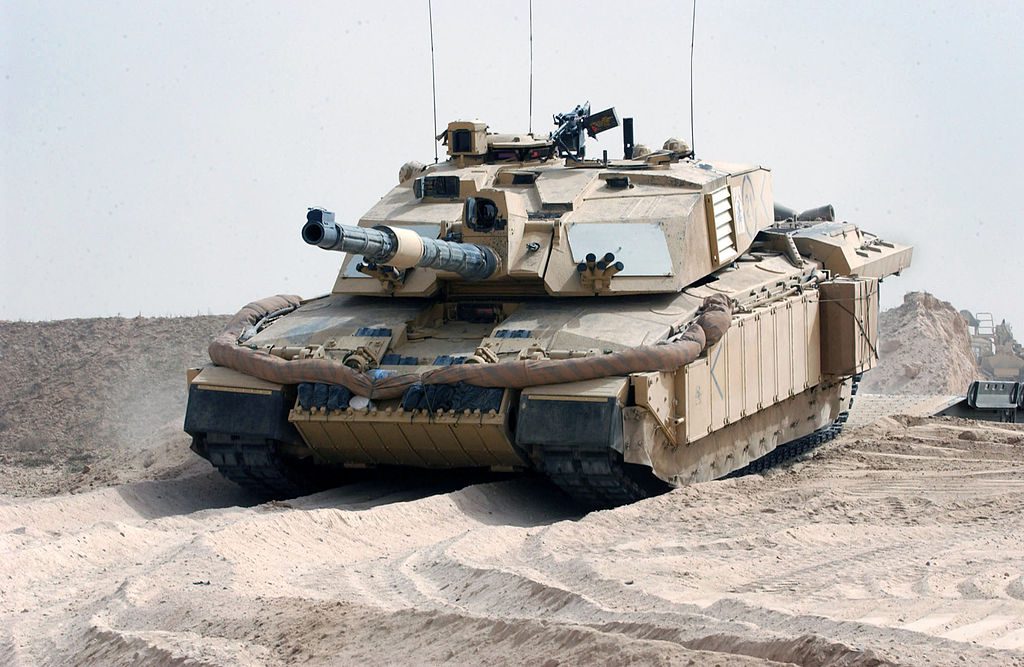
Alongside M1 Abrams, it is considered one of the best main battle tanks in the world. That is from a simple point of view, but if you want to label this or that MBT as the ‘best,’ it is your right, but you should know that tank warfare is often much more about terrain, tactics, and usage rather than the traditional ‘A to B’ comparison.
Technical specifications
| Country of origin: | United Kingdom |
| Manufacturer: | Vickers Defence Systems |
| Crew: | 4 |
| Armament: | 1 x 120 mm, 1 x 7.62 mm MG (coaxial), 1 x 7.62 mm MG (anti-aircraft), 2 x 5 smoke grenade dischargers |
| Ammunition: | 50 x 120 mm, 4,000 x 7.62 mm |
| Length gun forwards: | 11.55 m |
| Length hull: | 8.327 m |
| Width: | 3.52 m |
| Height: | 2.49 m (turret roof) |
| Ground clearance: | 0.50 m |
| Weight, combat: | 62,500 kg |
| Power-to-weight ratio: | 19.2 hp/tonne |
| Ground pressure: | 0.9 kg/cm2 |
| Engine: | Perkins Engines (Shrewsbury) Condor V-12 12-cylinder diesel developing 1,200 bhp at 2,300 rpm |
| Maximum road speed: | 56 km/h |
| Maximum road range: | 450 km |
| Fuel capacity: | 1592 lit |
| Fording: | 1.07 m |
| Vertical obstacle: | 0.9 m |
| Trench: | 2.34 m |
| Gradient: | 60% |
| Side slope: | 30% |
| Armor: | Classified |
| Armor type: | Chobham/steel |
| NBC system: | Yes |
| Night vision equipment: | Yes (passive for commander, gunner, and driver) |
